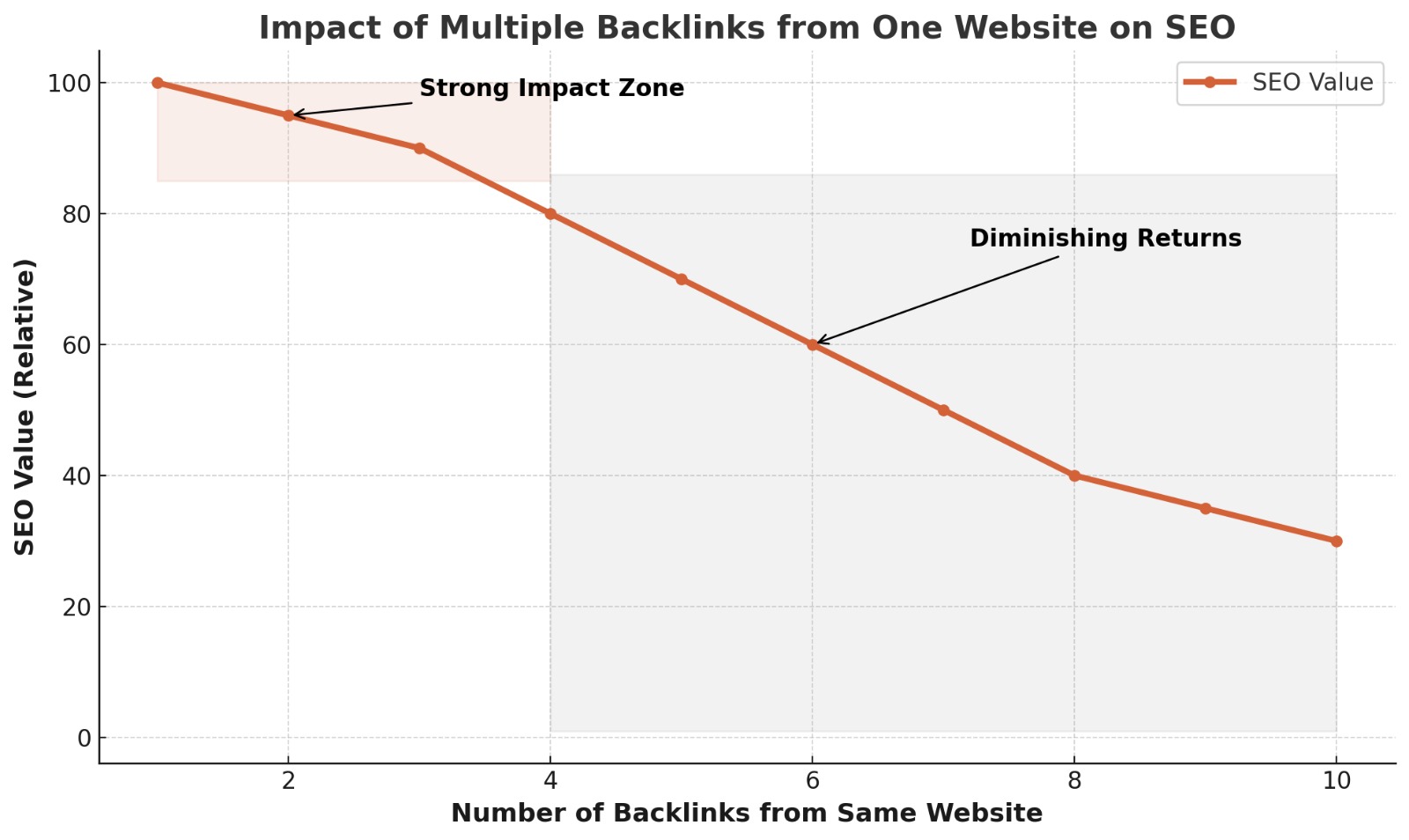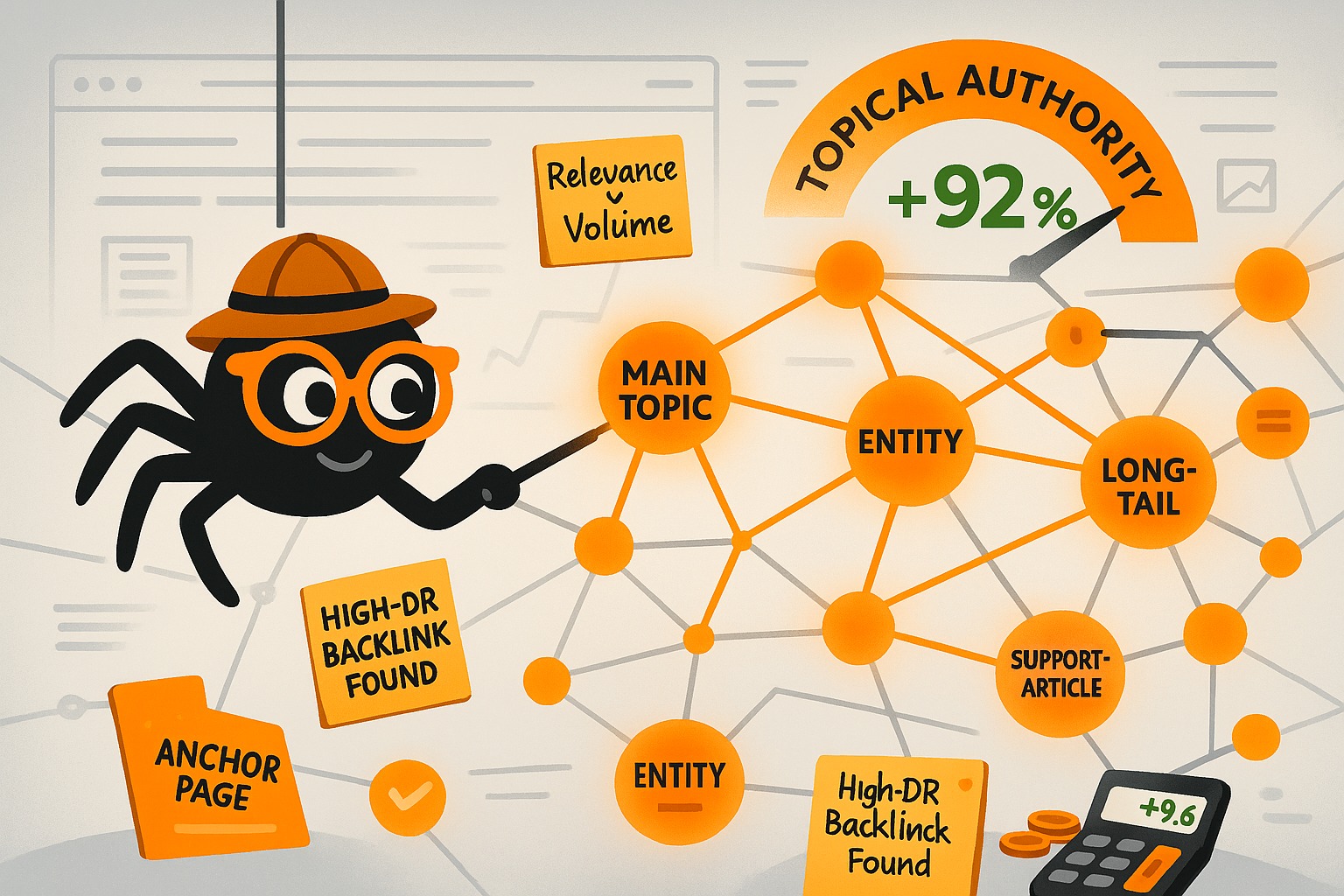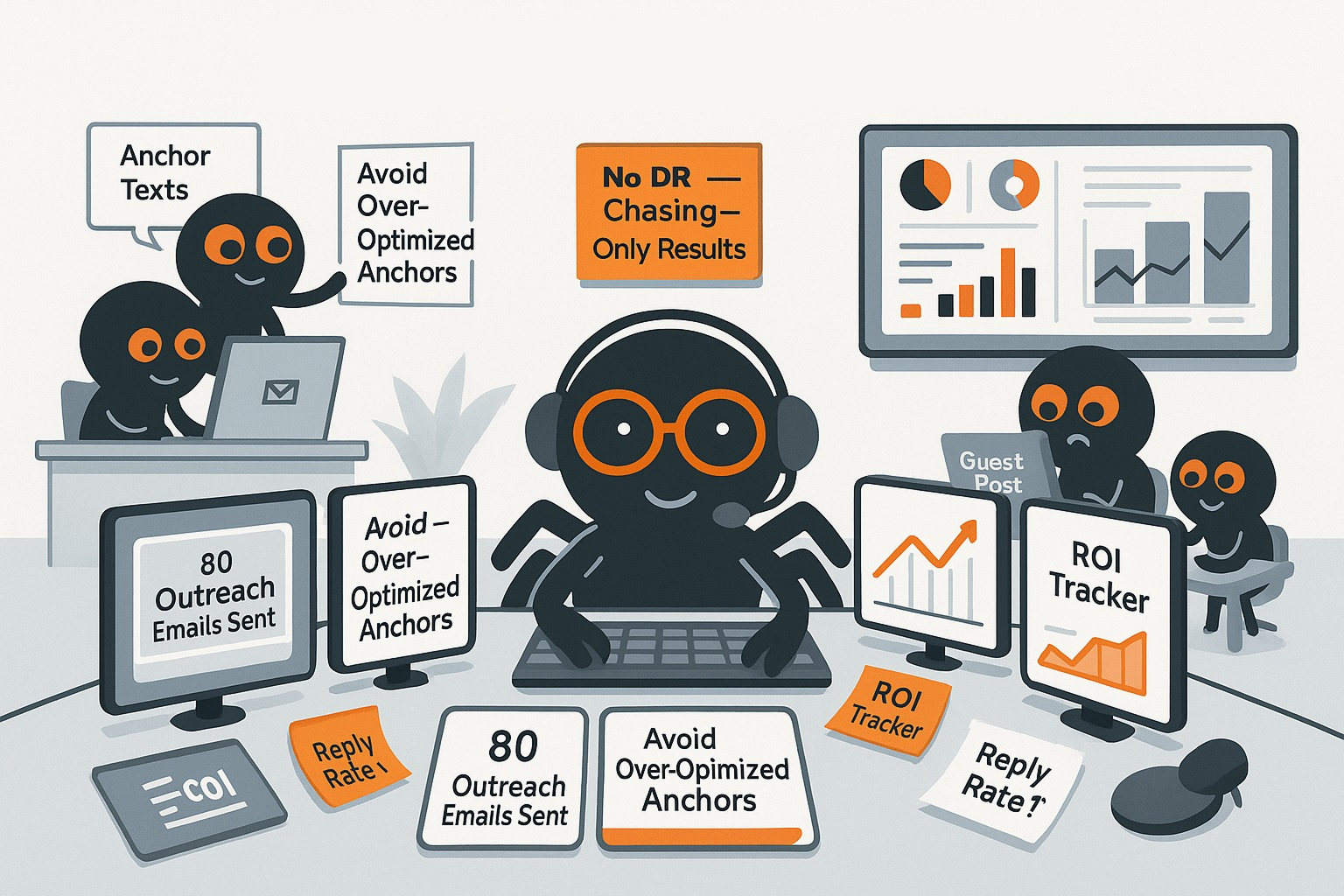When it comes to link building, one of the most common questions SEOs ask is: “Should I get multiple backlinks from the same website, or focus only on unique domains?” While domain diversity is often praised, multiple backlinks from the same trusted source can still hold strategic value. This guide explores how Google treats such links, what the data and experts say, and how to craft a smart link acquisition strategy that balances both diversity and depth.
Does Google Count Multiple Backlinks from the Same Domain?
Yes, but with conditions. Google counts all the backlinks it crawls, including multiple links from the same referring domain. However, the SEO impact of those links varies.
What Google Has Said
Google representatives like John Mueller have repeatedly clarified that:
- Google does not devalue multiple links from the same site outright.
- What matters is context and quality, not just the quantity.
- Spammy link patterns (e.g., identical anchors, repetitive placement) can trigger devaluation or filtering.
The First Link Priority Rule
When a single web page links multiple times to the same destination URL, Google often only counts the first anchor text. This is especially true if:
- The same anchor text appears multiple times.
- All links are pointing to the same page.
This doesn’t apply across multiple pages of the same domain, though. If Page A and Page B of Site X both link to your site, both links can pass value.
How Link Value Changes After the First Backlink
Link Diminishing Returns Explained
The first backlink from a domain usually carries the most value because it:
- Establishes a new connection between two websites.
- Contributes to your referring domain count, a metric most SEO tools use to assess authority.
Subsequent links from the same domain may offer:
- Less direct SEO value, particularly if they point to the same page.
- But continued value in context, traffic potential, brand signals, and deeper authority.
Value Curve Example

Imagine this:
- 1st link from Site A = 100% value
- 2nd link = 40-60% value
- 3rd = 20-30% value
- Beyond that = 5-15% value (context-dependent)
The law of diminishing returns applies, but it doesn’t hit zero.
When Should You Get Multiple Backlinks from One Website?
Here are smart use cases where multiple links from one site are not only acceptable but beneficial:
1. High Authority, High Traffic Domain
Sites like Forbes, TechCrunch, Moz, or niche industry leaders often:
- Have multiple subdomains or content silos.
- Can link contextually to different assets you own.
- Offer long-term referral traffic.
2. Different Content Types or Site Sections
If links come from:
- A blog
- A resource hub
- A comparison tool
- A thought leadership series
…they add diversity to your backlink profile while building trust with search engines.
3. Deep Linking to Internal Pages
Instead of directing every link to your homepage:
- Link one to a blog post
- Another to a product page
- Another to a category page
This builds page-level authority and strengthens site architecture.
4. Building Topical Authority
Multiple references from the same website on a given topic (e.g., remote hiring) help Google associate your brand with that niche, improving semantic relevance.
When Should You Avoid Getting More Links from the Same Website?
Overdoing backlinks from one domain can raise red flags or simply provide diminishing ROI. Avoid pursuing more links if:
1. It Looks Like Link Manipulation
- Paid links in sidebars, footers, or identical guest post templates.
- Multiple exact-match anchors.
- Repeated links to the same target page in the same format.
2. The Source Site Has Low Trust Signals
- Low Domain Rating / Authority (DR/DA)
- Spammy backlink profile
- Thin or AI-generated content
3. It’s All Coming from One Author or Section
Even if the domain is decent, if all backlinks are coming from one contributor or section (e.g., author bio, comment section), the value may drop significantly.
4. You’re Not Targeting New Audiences or Topics
If the same site covers the same topic over and over again, your exposure and value reach a ceiling.
Editorial vs Non-Editorial Context for Multiple Links
Editorial Links:
- Placed naturally in high-quality content
- Contextually relevant to the topic
- Surrounded by helpful information
Non-Editorial (Low Value):
- Site-wide footer links
- Author bios without supporting content
- Overly templated guest posts
Tip: The best-case scenario for multiple backlinks from the same domain is when each link:
- Is unique in anchor text
- Targets different URLs
- Appears in a distinct editorial context
What’s the Ideal Ratio in a Link Profile?
There is no fixed rule, but general industry practice recommends:
Ideal Metrics:
- 70-80% unique referring domains (domain diversity is still key)
- 20-30% repeat domains, mostly high-authority or hyper-relevant
- Anchor text variety: branded, naked URL, partial match, generic (e.g., “click here”)
- Target page diversity: Homepage + internal blog/product/resource pages
Tip: Analyze your competitors’ link profiles using tools like Ahrefs or Semrush. The goal is to stay within range of what’s already working in your niche.
Final Takeaways
- Getting multiple links from the same domain isn’t inherently bad. It depends on context, intent, and implementation.
- The first link from a domain carries the most weight, but additional links can still:
- Boost topical relevance
- Strengthen internal pages
- Drive qualified referral traffic
- Avoid link schemes or excessive repetition with unnatural anchors.
- Prioritize authority and context over quantity.
- Use link building as a long-term relationship strategy, not a quick fix.
 How we are different
How we are different Links That Feed
Links That Feed Magazine
Magazine


 Guest Posting
Guest Posting AI Search Link Building
AI Search Link Building Link Insertion
Link Insertion White Label Link Building
White Label Link Building International Link Building
International Link Building Multilingual Link Building
Multilingual Link Building



 Link Building
Link Building